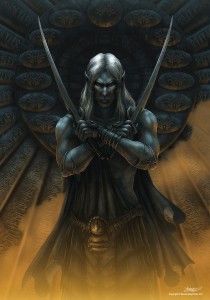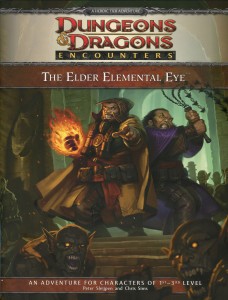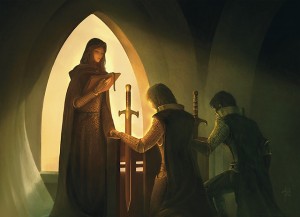 The Drow are an evil race. This is a fact. The overwhelming majority of dark Elves live and thrive in evil societies, and are led by the most evil of their ilk. Yet no matter how often I’ve repeated this most players who create Drow PCs choose to make them good, or at least not as evil as you’d expect them to be and it drives me crazy. I realize that this is your character and that you can ultimately determine their outlook on life as you see fit, but you’re ruining the best aspects of being Drow by making them all good. Play evil! Relish in playing evil!
The Drow are an evil race. This is a fact. The overwhelming majority of dark Elves live and thrive in evil societies, and are led by the most evil of their ilk. Yet no matter how often I’ve repeated this most players who create Drow PCs choose to make them good, or at least not as evil as you’d expect them to be and it drives me crazy. I realize that this is your character and that you can ultimately determine their outlook on life as you see fit, but you’re ruining the best aspects of being Drow by making them all good. Play evil! Relish in playing evil!
All of this grief surrounding good rebel Drow adventurers can be traced back to Drizzt Do’Urden. What most players forget is that Drizzt Do’Urden is not your typical Drow. This is a big part of what makes him so endearing to his fans. The early books in the Legend of Drizzt series constantly juxtaposed Drizzt’s atypical behaviour and misaligned morale compass when compared to the overwhelming majority of other Drow. Practically every other Drow you meet in Salvatore’s books is clearly evil.

